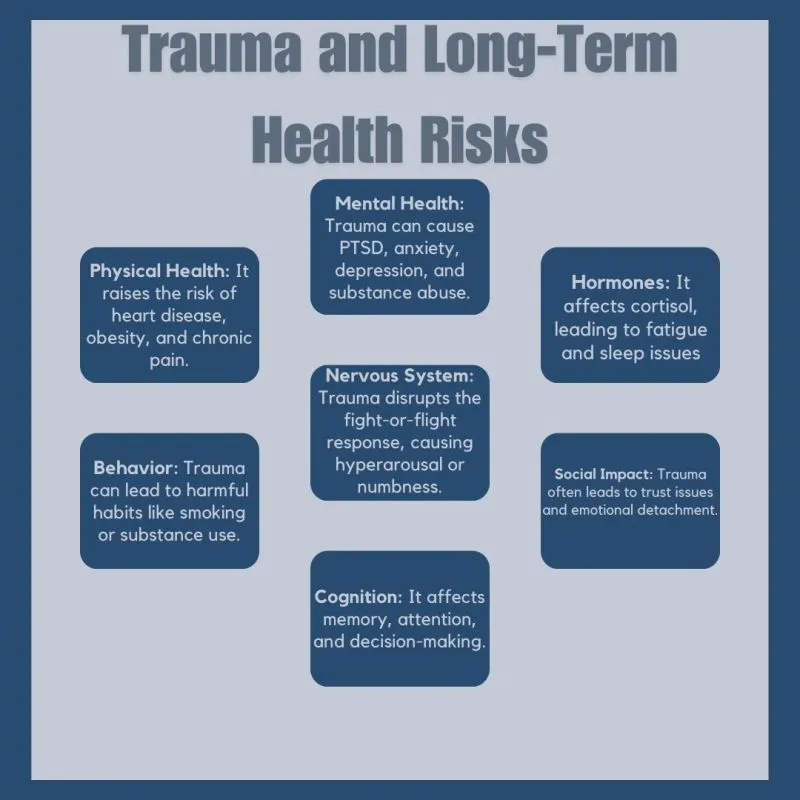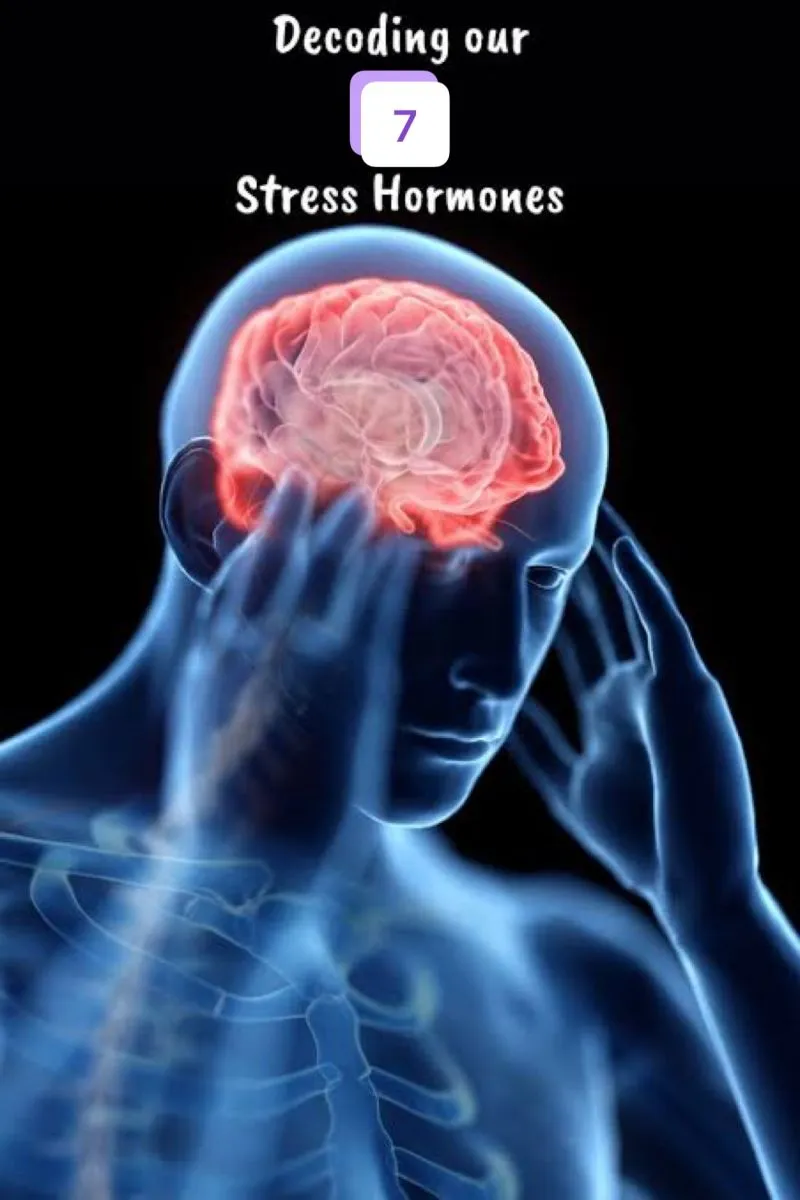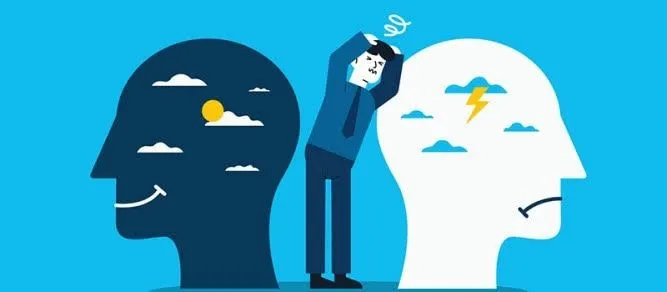Research shows 77% of people experience physical symptoms from chronic stress, and studies demonstrate that anxiety disorders correlate with reduced heart-rate variability indicating nervous system imbalance
Polyvagal Theory explains how the autonomic nervous system regulates responses to stress and the importance of the vagus nerve in emotional regulation and social connection
Research shows 77% of people experience physical symptoms from chronic stress, yet traditional self-care often misses the root cause. Your nervous system—your body's alarm system—can get stuck in survival mode long after stress passes. Learn evidence-based practices that actually calm your nervous system and help you feel safe in your body again.
The Self-Care That No One Taught You
Why You Feel 'On Edge' for No Reason
Your Body's Alarm System Is Stuck
It's Not 'Just Stress'—It's Nervous System Dysregulation
The Hidden Physical Impact
What Nervous System Healing Actually Looks Like
It's Not Therapy or Mindset Work
It's About Showing Your Body It's Safe
It's Daily, Practical, Quiet Work
Simple Practices That Actually Work
Deep, Slow Breathing
Grounding and Present-Moment Awareness
Gentle Movement and Stillness in Nature
Somatic Check-Ins
The Power of Safe Connection
You're Not Broken—You're Dysregulated
Nervous system healing is a gradual process that varies for each person. Many people notice small improvements within 2-4 weeks of consistent daily practices, while deeper regulation can take 3-6 months or longer. The key is consistency rather than intensity—small, regular practices are more effective than sporadic intense efforts. Your nervous system needs time to learn new patterns of safety and trust the process.
Many nervous system healing practices can be done independently and are highly effective for mild to moderate dysregulation. However, if you've experienced significant trauma, have severe symptoms that interfere with daily life, or haven't seen improvement after consistent self-practice for several months, working with a trauma-informed therapist or healthcare provider can provide additional support and personalized guidance.
This is actually common and normal in nervous system healing. When your system has been in survival mode for a long time, slowing down can initially feel uncomfortable or even scary because your nervous system interprets stillness as vulnerability. Start with very short periods of calming practices (2-3 minutes) and gradually increase as your system learns that rest is safe.
Traditional stress management often focuses on mental strategies like positive thinking or removing stressors. Nervous system healing works at the body level, using physical practices to directly calm your autonomic nervous system. While both approaches can be helpful, nervous system healing addresses the root physiological patterns that keep you stuck in chronic stress, rather than just managing symptoms.





